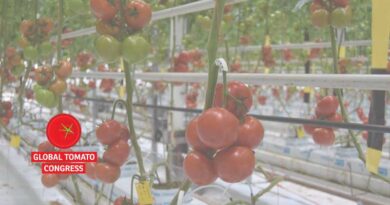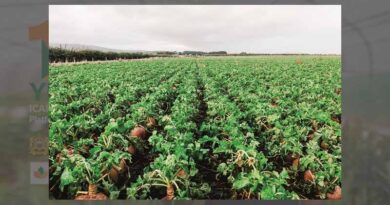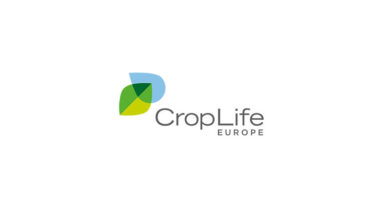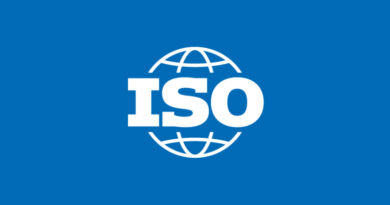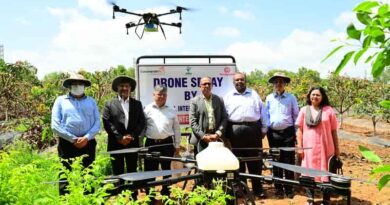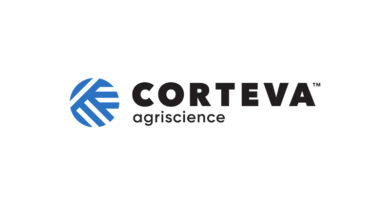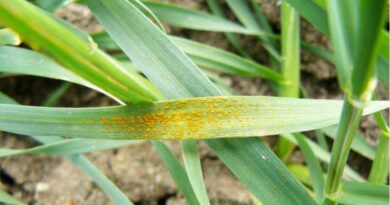Godrej Agrovet introduces umbrella brand PYNA for cotton farmers in India
By Nimish Gangrade, Editor, Global Agriculture
19 October 2023, New Delhi: Godrej Agrovet Limited’s (GAVL) Crop Protection Business announced the launch of PYNA, an umbrella brand for sustainable cotton production. The company will be selling three of its cotton weed management products Hitweed, Hitweed Maxx, and Maxxcott under the PYNA brand. The interaction with Rajavelu N.K, CEO of Crop Protection Business, Godrej Agrovet Ltd. gives out more details on the need to bring cotton herbicides under the PYNA Brand, business prospects, and financial implications.

1. What is the estimated herbicide market for cotton in India? What are the expectations from Kharif 2023?
The estimated market size for cotton herbicide is about INR 2000 crores. Constituting more than half of the crop protection market globally, the share of herbicides in India is quite low at 28%. However, with 35%-45% of crop yields impacted due to diseases, insects, and weeds in the country coupled with farmers facing acute labor shortages during the peak season and heavy rains making manual weeding or use of farm machinery difficult, we are witnessing increasing adoption of herbicides today. While this is expected to propel the growth of herbicides in the coming years, affordability and access to the herbicides can catapult it further.
For Kharif 2023, cumulative actual rainfall during the ongoing season (between 1st June – 28th August 2023) has reached 625.1 mm, whereas the normal rainfall for the period is 437.2 mm. East and Northeast regions have received 25% less rainfall compared to LPA.
Even with sowing numbers for the largest Kharif crops (Rice and soybean) surpassing last year’s figures, lower acreage of pulses (Tur-sowing down by 5% Y-o-Y, Urad-down by 14% and Moong-down by 8%) has kept total kharif sowing lower than last year. With over 50% of farmland in India still dependent on monsoon rainfall, late onset of monsoon & deficient rains in key agri-producing states like Kerala, Bihar, West Bengal, Jharkhand & some states in the eastern belt have impacted kharif crop sowing with sowing area marginally higher by 2% to 1053.59 lakh ha compared to last year.
2. Estimate of business the company is planning to do under the PYNA brand in the current financial year.
Despite India’s leading position in terms of cotton cultivation area globally, the country ranks relatively low in productivity. With only 10% of the total 12.50 MN cotton acreage currently being treated properly, at Godrej Agrovet Ltd, we aim to increase penetration of the PYNA brand to 20% during this financial year by reaching more farmers and increase the adoption of selective cotton herbicides.
3. What are the key benefits to farmers from using products under PYNA brands?
Because of slow growth in the early stages and wider spacing of cotton crops, weeds impact the yield of cotton crop by 45%-50%. With PYNA brands providing a broad window of weed management options, from seed sowing to the active flowering stage of crop stage, farmers can now get longer duration of the weed-free crop. PYNA brands also minimize the crop–weed competition and aids farmer in getting longer duration of weed-free crop thereby ensuring the proper utilization of nutrients and healthy crop growth. Offering farmers sustainable weed management solutions, this selective cotton herbicide based on Pyrithiobac sodium can aid farmers in reducing their reliance on manual and mechanical weed control methods thereby enabling them to save labour costs and promoting sustainable farming practices.
PYNA has established partnerships with leading companies in the agricultural industry, such as Bayer CropScience, Rallis India, Dhanuka Agritech, PI Industries, and Indofil Industries. These partnerships ensure a consistent and reliable supply of high-quality herbicides. Farmers can trust that they will have access to PYNA brand products whenever they need them.
4. What is the financial implication of using PYNA brand products on one acre of land?
By proper utilization of PYNA brand products, farmers can reduce dependency on the manpower and usage of mechanical tools employed for weed management to a great extent. While in terms of value, our internal studies show that it can lead to savings of INR 2,000/acre. However, the key benefit is the peace of mind farmers get during peak season – from searching for labor or other equipment when the availability of them is quite crucial for small farmers.
5. Does PYNA brand products cover all kinds of weeds affecting the cotton crop in India?
PYNA brand products offer farmers an extensive range of weed management options, starting from seed sowing to the active flowering stage of the crop. The range of herbicides has been designed to target different stages of the cotton crop.
GAVL was the first company to introduce post-emergent selective cotton herbicide with the launch of Hitweed. Enabling cotton plants to get more space, light, and air for robust growth without impacting the soil, it was developed for usage 20-25 Days After Sowing (DAS). Witnessing the need to protect the cotton crop during the early post-emergent phase viz. 5-15 DAS, GAVL launched Hitweed Maxx in 2019. This product provides superior crop safety and better efficacy. In 2023, GAVL introduced Maxxcott, a pre-emergent herbicide to be used with 0-3 DAS. Maxxcott is specifically designed to eliminate the growth of major weeds in cotton, ensure the healthy growth of cotton seedlings, and prevent the further spread of weeds. With the different PYNA brands available for various stages of the cotton crop, farmers can achieve a longer duration of weed-free growth.
Also Read: International Tractors Limited (ITL) launched 5 new tractor series under the brand Solis
(For Latest Agriculture News & Updates, follow Krishak Jagat on Google News)



